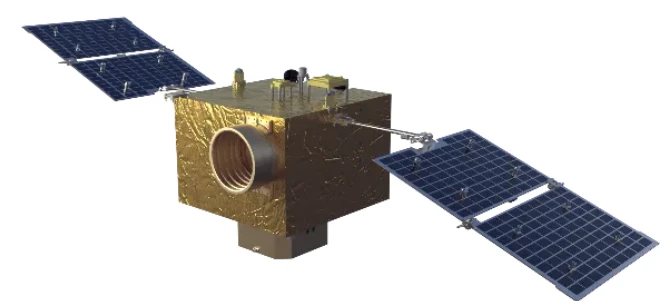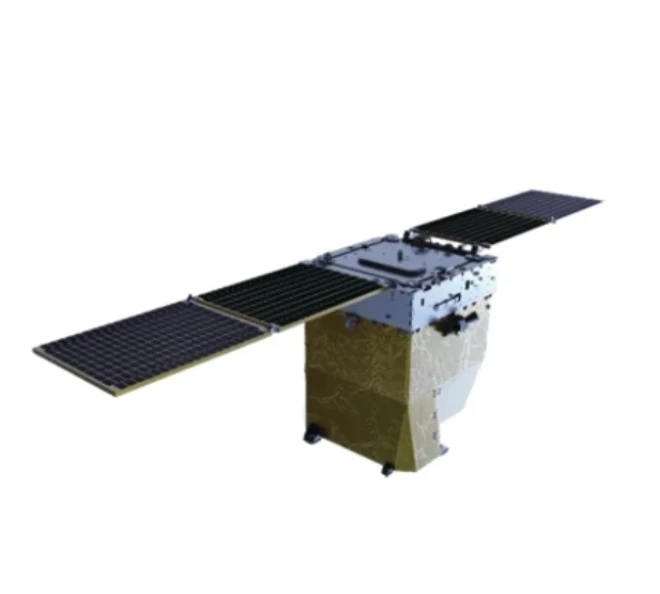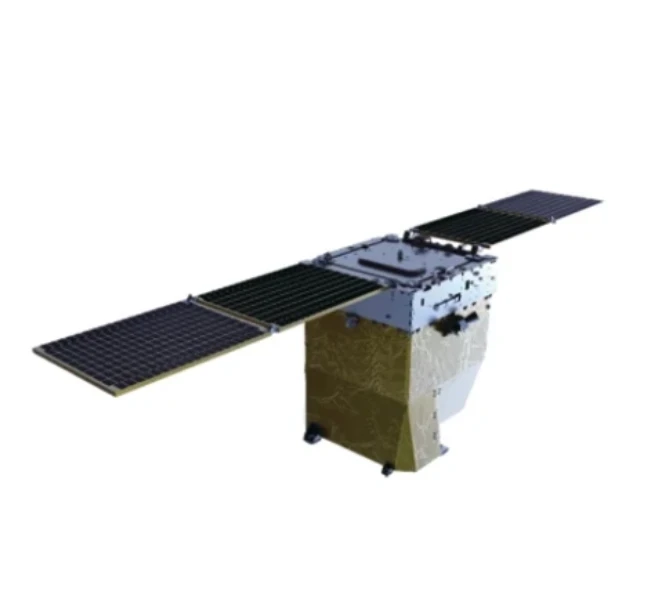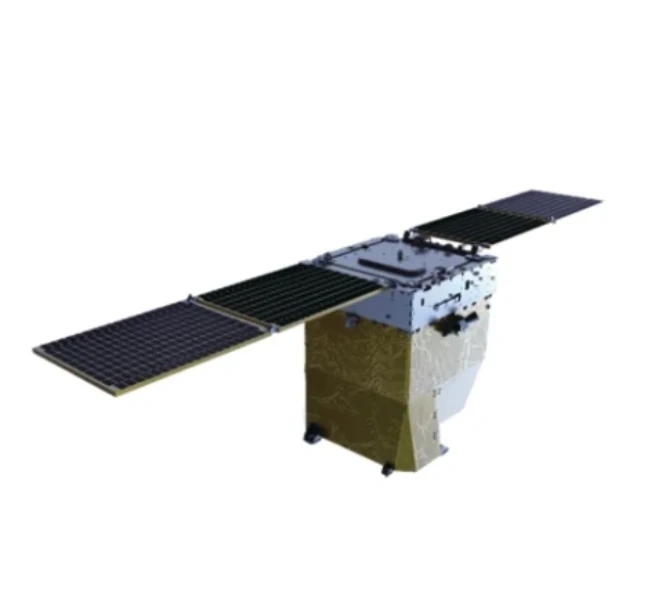
- africký
- albánsky
- amharčina
- arabčina
- arménsky
- azerbajdžanský
- baskický
- bieloruský
- bengálsky
- bosniansky
- bulharčina
- katalánsky
- Cebuano
- Čína
- korzické
- chorvátsky
- český
- dánčina
- holandský
- angličtina
- Esperanto
- estónsky
- fínsky
- francúzsky
- frízsky
- Haličský
- gruzínsky
- nemecký
- grécky
- Gudžarátčina
- haitská kreolčina
- Hausa
- havajský
- hebrejčina
- Nie
- Miao
- maďarský
- islandský
- igbo
- indonézsky
- írsky
- taliansky
- japončina
- jávsky
- Kannada
- kazašský
- khmérsky
- Rwanda
- kórejský
- kurdský
- kirgizský
- práce
- latinčina
- lotyšský
- litovský
- luxemburský
- macedónsky
- malgašský
- malajčina
- malajálamčina
- maltčina
- Maori
- maráthčina
- mongolský
- Mjanmarsko
- nepálsky
- nórsky
- nórsky
- okcitánsky
- paštčina
- perzský
- poľský
- portugalčina
- pandžábsky
- rumunský
- ruský
- Samoan
- škótska galčina
- srbský
- angličtina
- Shona
- Sindhi
- sinhálčina
- slovenský
- slovensky
- somálsky
- španielčina
- sundánsky
- svahilčina
- švédsky
- Tagalog
- tadžický
- tamilčina
- tatársky
- telugčina
- thajčina
- turecký
- turkménskym
- Ukrajinčina
- urdčina
- ujgurské
- uzbecký
- Vietnamci
- waleský
- Pomoc
- jidiš
- Yoruba
- Zulu
správy
Optical Instruments: Suppliers, Uses, And Market Insights
In today's fast-evolving technological world, optical instruments play a crucial role in science, medicine, engineering, and everyday life. From simple magnifying glasses to complex microscopes and telescopes, these devices help us observe and analyze the world around us with greater precision and detail.

Whether you're searching for high-quality optical instrument suppliers, curious about various optical instruments uses, or want to explore market opportunities, this guide covers everything you need to know.
What Are Optical Instruments?
An optical instrument is a device that processes light waves (visible or non-visible) to enhance, magnify, analyze, or manipulate an image for clearer observation. These instruments use lenses, mirrors, prisms, and other components to work with light.
Examples of optical instruments include:
- Microscopes
- Telescopes
- Cameras
- Binoculars
- Spectrometers
- Optical sensors
Each type serves a unique function, but all are based on optical principles like reflection, refraction, and diffraction.
Common Uses of Optical Instruments
The applications of optical instruments are vast and span multiple industries:
1. Scientific Research and Laboratories
Microscopes, spectrometers, and interferometers are vital for chemical, biological, and physical research. Scientists use them to study microorganisms, analyze materials, and conduct experiments.
2. Medical and Healthcare
Endoscopes, ophthalmoscopes, and optical coherence tomography (OCT) devices allow doctors to diagnose and treat patients, especially for eye and internal organ examinations.
3. Education and Training
Optical instruments like microscopes and telescopes are widely used in schools and universities for teaching science, astronomy, and physics.
4. Industrial and Manufacturing
Laser measurement tools, optical sensors, and quality inspection devices are used in precision engineering, electronics manufacturing, and material testing.
5. Military and Defense
Binoculars, night vision devices, and range finders help with surveillance, targeting, and reconnaissance missions.
6. Consumer Electronics
Cameras, VR (Virtual Reality) systems, and AR (Augmented Reality) headsets all rely on advanced optical components.
Finding Reliable Optical Instrument Suppliers
Choosing the right optical instrument suppliers is essential for businesses, educational institutions, and healthcare providers to ensure quality, reliability, and value. Here are some tips to select the best supplier:
Check Experience and Reputation
Look for suppliers with years of experience and a good track record. Customer reviews and industry partnerships are good indicators of reliability.
Evaluate Product Range
Good suppliers offer a broad range of optical instruments for various applications — from basic to advanced research tools.
Certifications and Standards
Ensure that products meet international quality standards such as ISO, CE, and FDA (for medical devices).
After-Sales Support and Warranty
Suppliers should offer warranties and responsive customer service, including technical support and maintenance.
Customization Options
If you need instruments for specific research or industrial tasks, choose suppliers who can offer custom solutions or modifications.
Popular regions for optical instrument manufacturing include Germany, Japan, the USA, and China — with suppliers offering direct factory pricing and bulk deals.
How to Choose the Right Optical Instrument for Your Needs
Selecting the right optical instrument depends on several factors:
- Aplikácia: Are you using it for research, education, healthcare, or industry?
- Required Precision: High-end research may need advanced devices with superior optics and accuracy.
- Budget: Prices vary widely. While high-end brands offer precision, budget-friendly options are available for general use.
- User Experience Level: Some instruments are complex and require training, while others are simple to operate.
- Portability and Size: Fieldwork may require lightweight, compact instruments.
When buying in bulk, such as for schools or labs, working directly with optical instrument suppliers can provide better pricing and tailored packages.
Factors Affecting Optical Instrument Price
The price of optical instruments depends on:
Type and Complexity
Simple instruments (like magnifying glasses) are inexpensive, while advanced microscopes or spectrometers can be costly due to precision engineering.
Optical Quality
Instruments with high-grade lenses, prisms, and coatings (e.g., anti-reflective) are more expensive but deliver clearer, sharper images.
Brand and Country of Origin
Well-known brands or instruments made in countries with strict quality control (e.g., Germany, Japan) may cost more.
Customization and Features
Additional features like digital imaging, software integration, and enhanced magnification affect pricing.
Quantity
Bulk purchases reduce unit costs — another reason to connect with wholesale optical instrument suppliers.
Optical instruments are essential tools across science, medicine, education, and technology. Whether you’re looking for a trusted optical instrument supplier or exploring the many uses of optical instruments, understanding the market, types, and pricing can help you make smart decisions.
From cutting-edge microscopes to simple educational tools, the right instrument can elevate the quality and precision of work, research, and observation.
If you are a retailer, institution, or business needing bulk orders, working directly with optical instrument factories and suppliers can ensure quality and savings.
Optical Instruments FAQs
Q1: What are the most common types of optical instruments?
A1: Common types include microscopes, telescopes, binoculars, cameras, spectrometers, and optical sensors — used in science, education, industry, and healthcare.
Q2: Where can I find reliable optical instrument suppliers?
A2: You can source instruments from specialized manufacturers, trade platforms like Alibaba and Global Sources, or distributors focused on scientific and industrial equipment. Always check for certifications and reviews.
Q3: What industries use optical instruments?
A3: Industries include healthcare, education, research labs, manufacturing, aerospace, defense, and consumer electronics.
Q4: How much do optical instruments cost?
A4: Costs range from a few dollars for simple lenses to thousands for high-precision lab equipment. Factors include type, quality, features, and brand.
Q5: Can I get customized optical instruments for specific applications?
A5: Yes! Many optical instrument factories offer custom designs, especially for research, industrial, or medical use. Contact suppliers directly for specifications and pricing.











